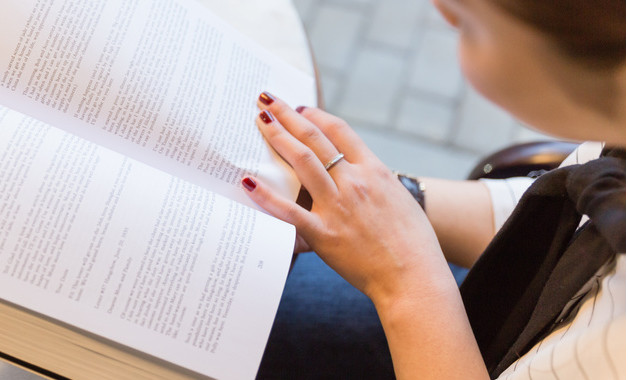
第1篇 新概念英语语法总结:过去将来时
过去将来时
结构:would do she said she would go here the next morning.
两个特殊句型:there be 句型,be going to 结构
1) be going to 结构——表示打算,准备,计划做某事
★结构:主语+be动词+going to +动词原型 i am going to make a bookcase. they are going to paint it. the father is going to give the bookcase to his daughter.
★变疑问句将be动词移到句首 are you going to make a bookcase? are they going to paint it? is the father going to give the bookcase to his daughter?
★变否定句在be动词后面加not i am not going to make a bookcase. they are going to paint it. the father is not going to give the bookcase to his daughter.
★肯定回答及否定回答 yes, i am. / no, i am not. yes, they are. / no, they are not. yes, he is. / no, he is not.
★特殊疑问句(必背) what are you going to do? what are they going to do? what is the father going to do?
2) there be 句型——表示哪里有什么东西(某处有某物)
there is+单数名词+表示场所的词(一般为介词词组) there is a book in this room. there is a pen on the table there are+复数名词+表示场所的词(一般为介词词组) there are two pens on the table. there are three schools there.
★变疑问句将be动词移到句首 is there a book in this room? are there two pens on the table?
★变否定句在动词后面加not there is not a book in this room. there are not two pens on the table.
★肯定回答及否定回答 yes, there is. / no, there is not. yes, there are. / no, there are not.
第2篇 过去将来时知识点总结
过去将来时知识点总结
过去将来时表示从过去的某一时间来看将来要发生的动作或存在的状态。
一、基本构成
同一般将来时,把系动词be变为过去式,把will,shall变为过去式。句型如下:
肯定句:主语+be(was,were)goingto+动词原形+其他
否定句:主语+be(was,were)notgoingto+动词原形+其他
疑问句:be(was,were)+主语+goingto+动词原形+其他
肯定句:主语+would(should)+动词原形+其他
否定句:主语+would(should)not+动词原形+其他
疑问句:would(should)+主语+动词原形+其他
二、基本用法
1、表示从过去的某一时间来看将来要发生的动作或存在的状态。过去将来时常用于宾语从句和间接引语中。
例句:ididn'tknowifhewouldcome.我不知道他是否会来。(指过去不知道。)
shetoldusthatshewouldnotgowithus,ifitrained. 她告诉我们,如果下雨,她就不和我们一起去了。
2、过去将来时常可用来表示过去习惯性的动作。此时,不管什么人称,一律用would。
wheneverhehadtime,hewoulddosomereading. 他一有时间,总是看书。
3、表示主管打算、计划要做的'事情或根据过去的某种迹象做出的推测,用was/weregoingto+动词原形表示.
例句:lastsundayweweregoingtovisitthegreatwall,butitrained. 上星期天我们本想去游览长城的,但却下雨了。
第3篇 新概念英语第一册语法总结:过去将来时
过去将来时
结构:would do she said she would go here the next morning.
两个特殊句型:there be 句型,be going to 结构
1) be going to 结构——表示打算,准备,计划做某事
★结构:主语+be动词+going to +动词原型 i am going to make a bookcase. they are going to paint it. the father is going to give the bookcase to his daughter.
★变疑问句将be动词移到句首 are you going to make a bookcase? are they going to paint it? is the father going to give the bookcase to his daughter?
★变否定句在be动词后面加not i am not going to make a bookcase. they are going to paint it. the father is not going to give the bookcase to his daughter.
★肯定回答及否定回答 yes, i am. / no, i am not. yes, they are. / no, they are not. yes, he is. / no, he is not.
★特殊疑问句(必背) what are you going to do? what are they going to do? what is the father going to do?
2) there be 句型——表示哪里有什么东西(某处有某物)
there is+单数名词+表示场所的词(一般为介词词组) there is a book in this room. there is a pen on the table there are+复数名词+表示场所的词(一般为介词词组) there are two pens on the table. there are three schools there.
★变疑问句将be动词移到句首 is there a book in this room? are there two pens on the table?
★变否定句在动词后面加not there is not a book in this room. there are not two pens on the table.
★肯定回答及否定回答 yes, there is. / no, there is not. yes, there are. / no, there are not.









